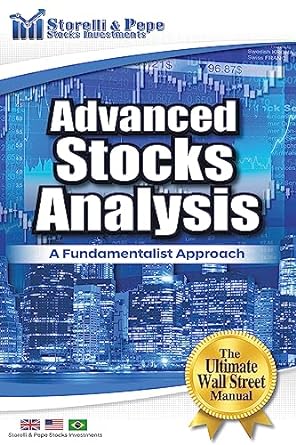Question
1. Define risk premium in your own words. What is the historical risk premium of large company stocks in U.S.? What is the historical risk
1. Define risk premium in your own words. What is the historical risk premium of large company stocks in U.S.? What is the historical risk premium of long-term government bonds? Refer to Chapter
1. Risk premium is the return you receive from taking a risk, so it would be the extra return over the risk-free rate. The historical risk premium for large companies in the United States is 11.9%, while long term government bonds are 6.2% 2. As a practical matter, most of the return you earn from investing in Treasury bills is taxed right away as ordinary income. Thus, if you are in a 40 percent tax bracket and you earn 5 percent on a Treasury bill, your aftertax return is only .05 (1 .40) = .03, or 3 percent. In other words, 40 percent of your return goes to pay taxes, leaving you with just 3 percent. Once you consider inflation and taxes, how does the long-term return from Treasury bills look? 3. How much of loss did the U.S. stock market experience during the period of technology bubble burst from 2000 to 2002? How much of loss did the U.S. stock market experience during the period of sub-prime mortgage crisis from 2007 to 2008? Would you still invest on stock market even if you may get hit by another market collapse with such scale in the future? Use google search to base your argument.
4. a. Suppose you buy some stock in Qwest (no, that's not a typo, that's how the company spells it) at a price of $8 per share. Four months later, you sell for $8.40 per share. No dividend is paid. What is your annualized return on this investment? Four months return in % = (8.40 - 8) / 8 *100 = 5% Annualized return = (1 -5%)^6 - 1 = 26.49% b. Suppose you buy some stock in Johnson & Johnson (JNJ) at a price of $60 per share. Three years later, you sell it for $64.50. No dividends were paid. What is your annualized return on this investment? 5. A stock has had the following year-end prices and dividends: a. Calculate the holding period return for each year from year 1 to year
5. b. Calculate the arithmetic average return, geometric average return, and standard deviation of five annual returns you compute from part a.
6. An investment has an expected return of 11 percent per year with a standard deviation of 24 percent. Assuming that the returns on this investment are at least roughly normally distributed, how frequently do you expect to earn between 13 percent and 35 percent? How often do you expect to earn less than 13 percent?
7. Suppose that an investor opens an account by investing $1,000. At the beginning of each of the next four years, he deposits an additional $1,000 each year, and he then liquidates the account at the end of the total five-year period. Suppose that the yearly returns in this account, beginning in year 1, are as follows: 9 percent, 17 percent, 9 percent, 14 percent, and 4 percent. Calculate the arithmetic and geometric average returns for this investment, and determine what the investor's actual dollar-weighted average return was for this five-year period. Why is the dollar-weighted average return higher or lower than the geometric average return?
8. Suppose you are 20 years old and plan to retire at 65 years old. Given 45 years of investment horizon, you plan to save $300 per month. Find future values of the following six investment instruments (excluding inflation) under the scenarios described. Which averages should you use geometric or arithmetic averages -- in this scenario?
9. Excel exercise: Go to finance.yahoo.com and enter the ticker symbol for your favorite stock. Now, look for the historical prices and find the monthly closing stock price for the last five years. Calculate the arithmetic average return, the standard deviation, and the geometric return for this period. Use Excel functions such as =average(), =stdev.s(), and =product(). Look up Chapter 1. Watch my video. Or google them.
Step by Step Solution
There are 3 Steps involved in it
Step: 1

Get Instant Access to Expert-Tailored Solutions
See step-by-step solutions with expert insights and AI powered tools for academic success
Step: 2

Step: 3

Ace Your Homework with AI
Get the answers you need in no time with our AI-driven, step-by-step assistance
Get Started


